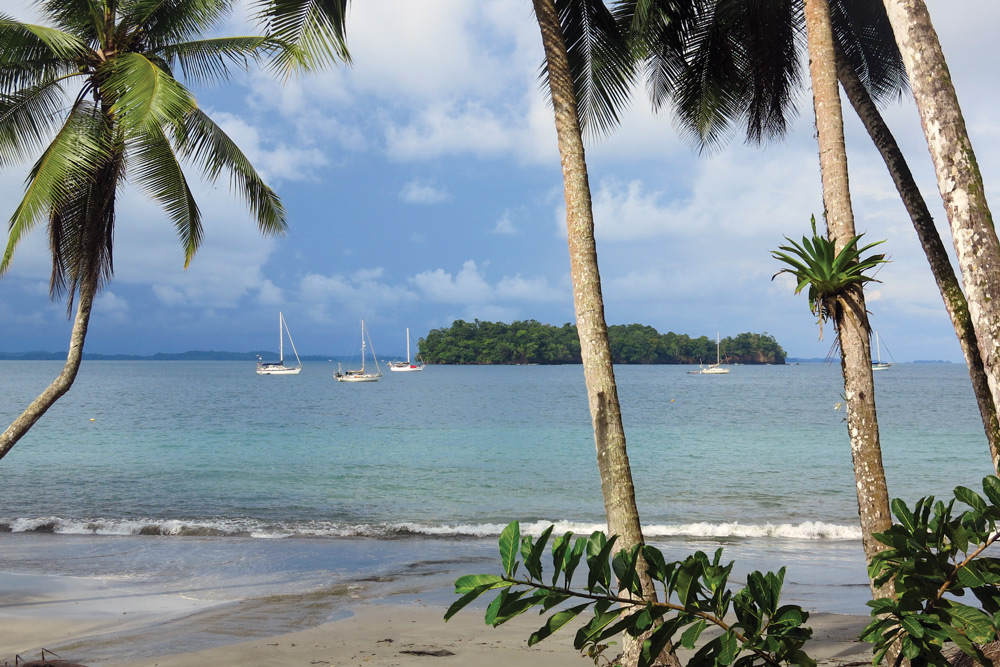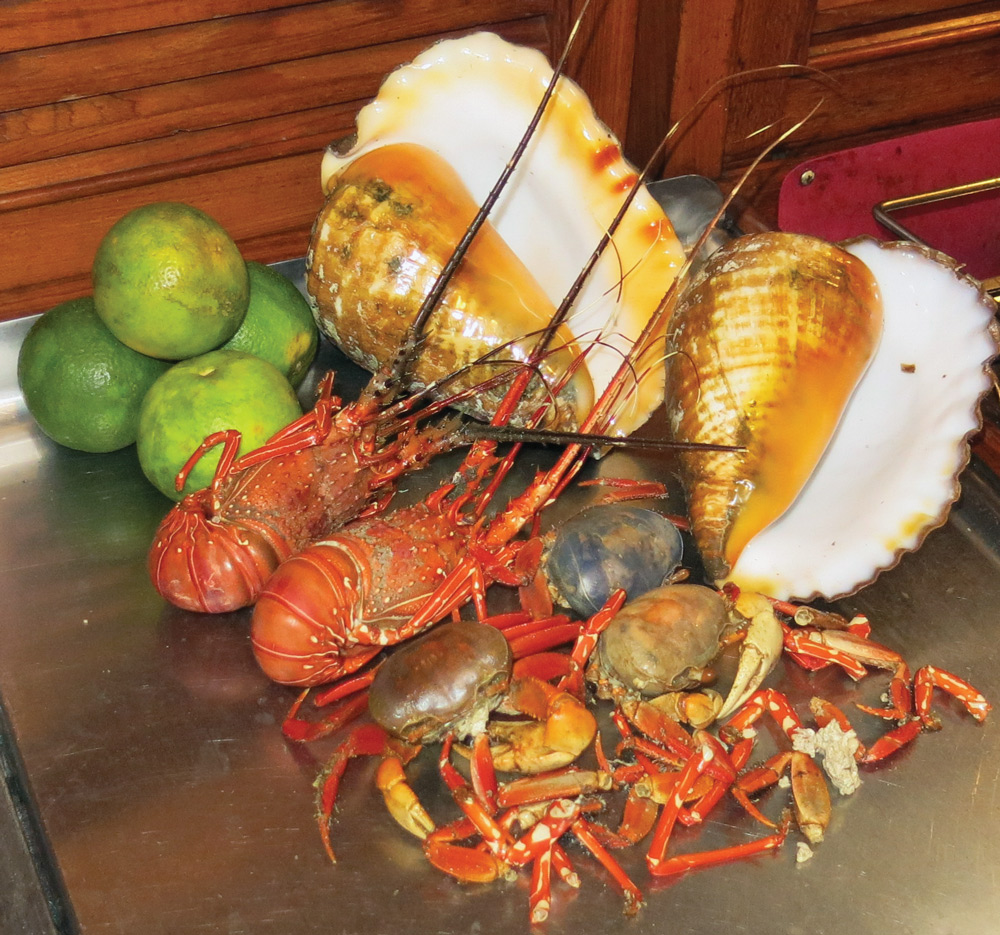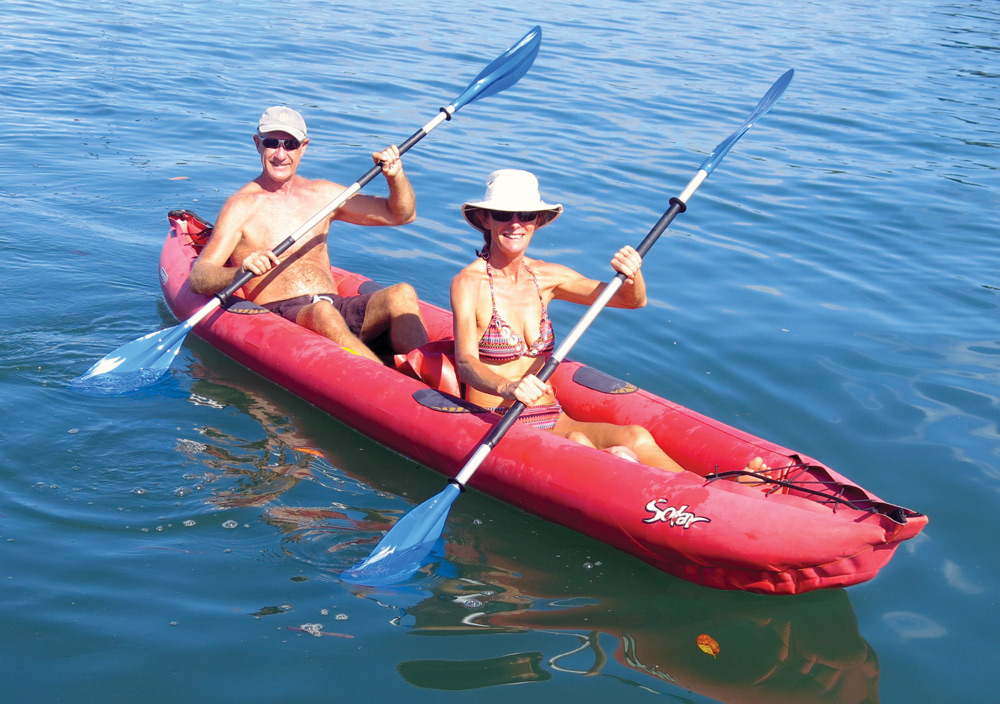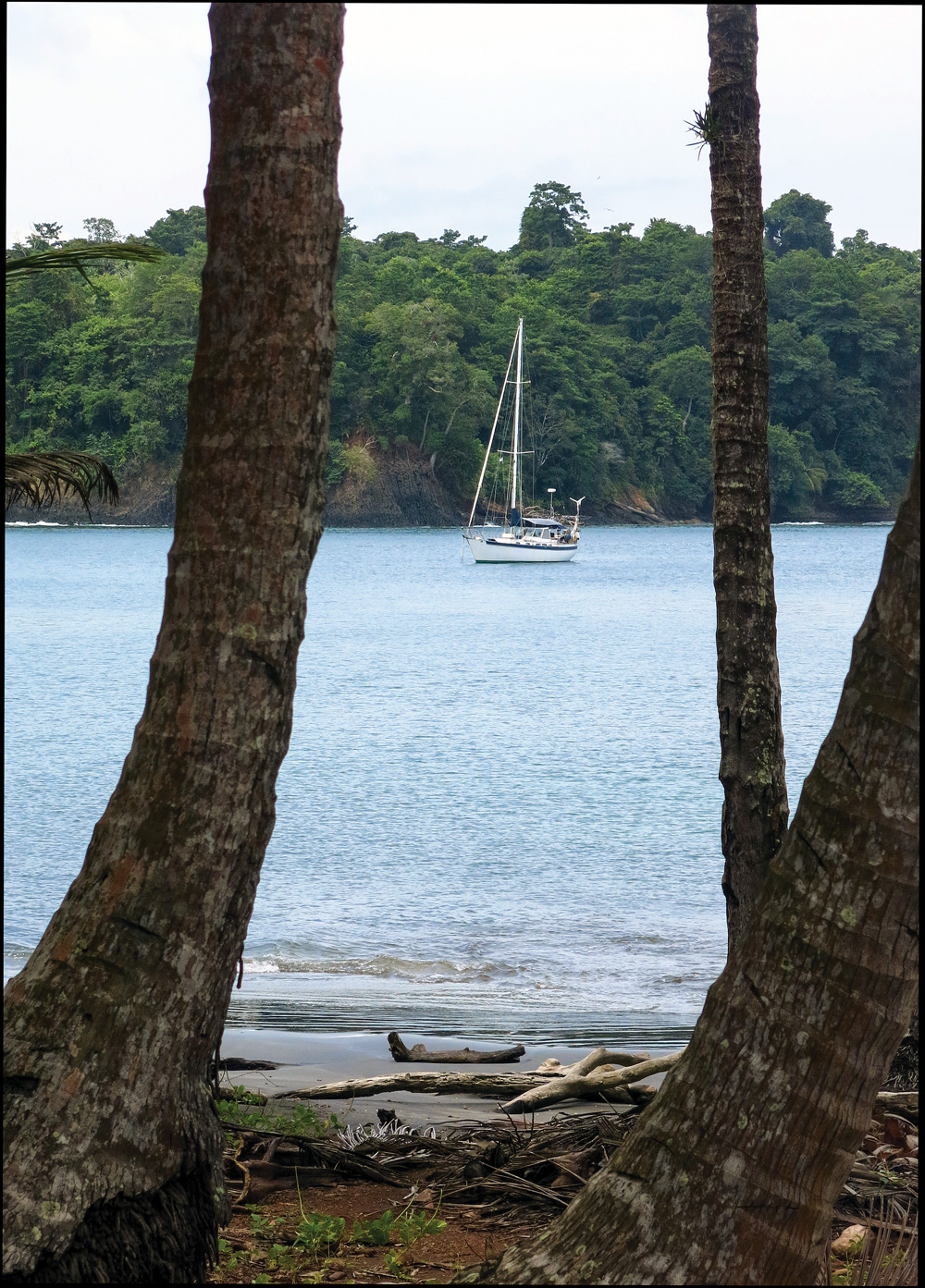Cruising to the beat of a distant drum
Cruising the remote Pacific coast of western Panama means sailing off the grid into the arms of nature in the company of humpback whales

June to October is whale season on the Pacific coast and almost every day we saw a humpback. Often they were boisterous, breaching or slapping their tails and pectoral fins on the surface of the water with a loud crack. While anchored at Islas Secas we were visited by whales swimming peacefully through the anchorage, sometimes coming close enough to the boat that we could hear their whalesong in the aft cabin.

The Veraguas Coast
We were in need of provisions and a quick internet fix so we headed to Pixvae, a small village on the mainland. Once again the tienda had no fresh produce but internet was available from 4 to 8 p.m. in the park beside the police station. It felt very nostalgic to see the villagers gather in the plaza at the end of the day to share news and gossip, until they whipped out their mobile phones and started messaging people hundreds of miles away. There was a warm communal atmosphere as the cantina pumped out jaunty music, young lads played football, teenagers flirted and small kids chased dogs and chickens around the square.
Although we were loathe to visit another river anchorage after our Boca Chica experience, we decided to back track to Rio Santa Lucia where we hoped to get some provisions. We waited a couple of hours at the river mouth for a flood tide then navigated 3 miles upstream to a public jetty. Trying to follow the channels as they meandered and split around sand bars and islands was hair-raising but finally we dropped the anchor and went ashore. We were disappointed to find there was no tienda at the dock so we hitched a ride to the Pan-American highway then hopped on a bus to Tole, the nearest “big” town. We loaded up with veggies and other supplies, connected to the internet for a couple of hours then took a taxi back to the boat—mission accomplished.

We had planned to spend a week or so cruising around Isla de Coiba, a large island on the eastern side of Golfo de Chiriqui, however we had been warned that the fee to anchor in the national park was about $100 a day, which was well outside our budget. Instead we sailed to the Contreras islands, speeding southward with a rare northeasterly wind on the port beam, and dropped the anchor in the northern bay of Isla Brincanco. The next morning we were awoken with a cheery good morning when the park rangers arrived. Apparently Islas Contreras lie within the boundary of the Isla Coiba National Park. We pleaded ignorance, had a quick breakfast and moved swiftly on.
The normal wet season resumed with a southerly wind and heavy rain as we sailed the 30 nautical miles around Punta Jabali to Isla Santa Catalina. However dolphins splashing in the bow wave and sighting two pairs of humpback whales cheered up an otherwise tedious voyage. We dropped anchor in the channel between the island and the mainland where we were sheltered from the southerly swell and went ashore to explore the village. Waves crashing on the beach made landing the dinghy difficult, but at high tide it was possible to enter the river mouth and tie up in the swampy lagoon behind the settlement.
The village of Santa Catalina is a well known surfing and diving destination and has developed a low-key tourist infrastructure with a few small restaurants and guest houses. I fell in love with the place when I found it had a bakery and a fabulous fruteria. After struggling to find fresh produce for the last few weeks it was an Aladdin’s cave of fruit and veggies.
Punta Mala and Golfo de Panama
Unlike the Caribbean coast where the tidal range can be measured in inches, the spring tides on the Pacific coast of Panama range up to 15 feet. Strong tidal currents stream between islands, at river mouths and around headlands and tides need to be carefully checked not only when anchoring but also for passage planning. In the Golfo de Panama the flood tide flows northward on the eastern side of the bay and runs southward on the Azuero Peninsula, reaching up to 3 knots at Punta Mala, which marks the boundary between western and central Panama.
There are no good anchorages on the Azuero Peninsula in which to hide from the southerly swell that pounds the rocky shoreline, so we decided to make an overnight passage from Isla Cebaco to Vista Mar marina in the gulf. We motorsailed for most the first day in squally weather with a moderate swell, but luckily we had a favorable current that helped to keep us moving. During the night the wind picked up from the northwest and we had a fantastic sail around Punta Mala under a reefed main and full jib. At day break the tide changed and we had a slow haul up Vista Mar with the flood tide against us. We arrived in the marina just as the sun was going down. 
Tying up at the dock was fraught with problems. The spring tide combined with the southerly swell and strong currents raced through the marina, pushing the boat around, straining the mooring lines and squeezing fenders hard against the dock. We were grateful to the staff and other cruisers who helped us control the boat and secure our lines as we entered the berth, and were glad to unwind in the friendly community at Vista Mar.
Cruising on the secluded Pacific coast of western Panama was a wonderful opportunity to visit isolated islands and out-of-the-way villages far off the beaten track. Numerous anchorages with picture postcard perfect beaches sheltered us from the southern swell and, although the wet season is not the best time for cruising in Panama, the frequent sighting of humpback whales was a joyful compensation. Rain rarely dampened our spirits for very long and only an occasional thunderstorm passed close enough to worry about. On balance it was an experience not to be missed.

Comments